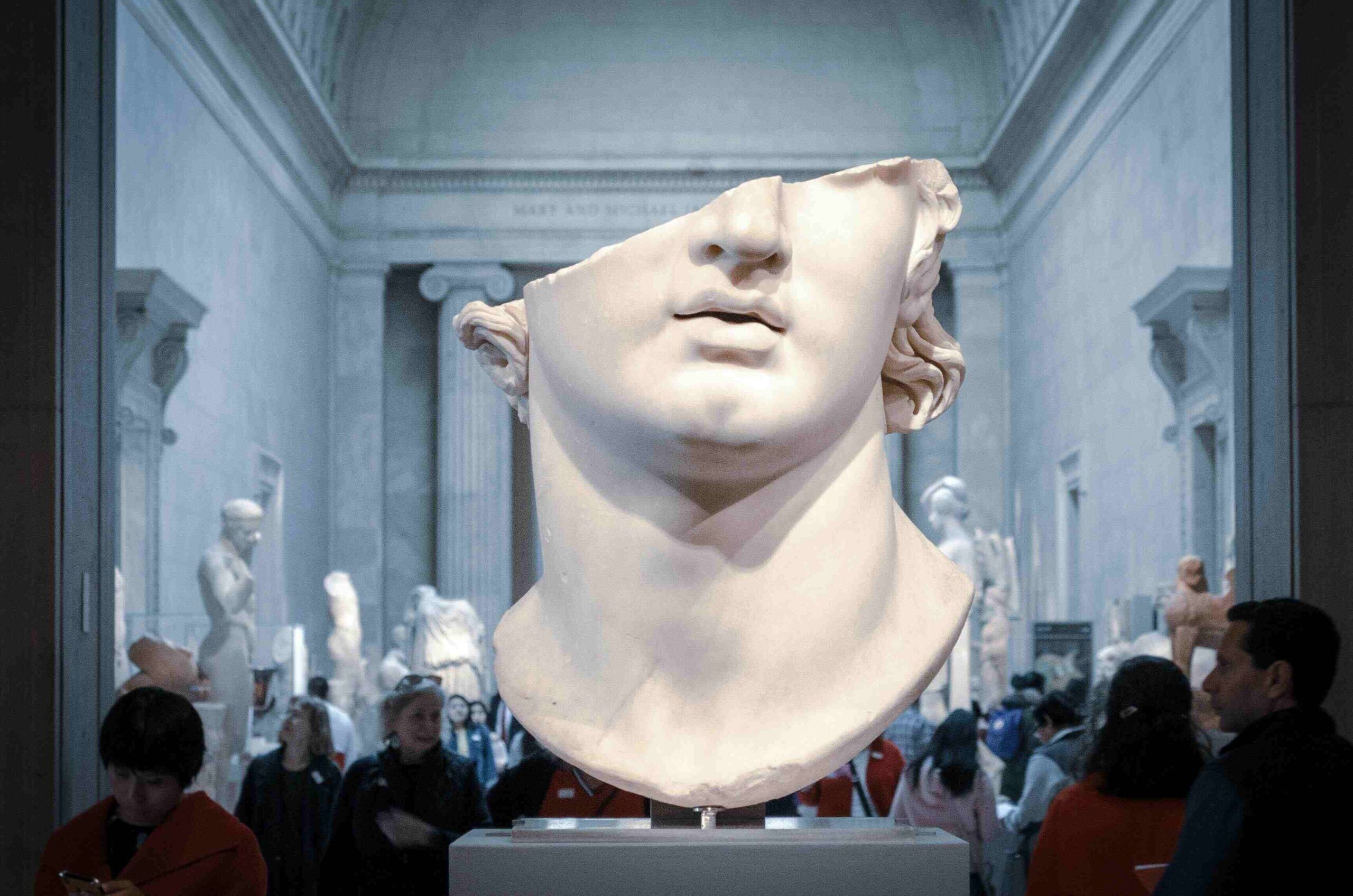
Myths and Legends: The Stories That Shaped Civilizations
Article Level: B2
Explanation: This article explores the significant role of myths and legends in shaping civilizations. It examines how these stories, from Greek myths to the legend of King Arthur, influenced culture, values, and moral lessons, and continue to impact modern-day culture and entertainment.
Commonly Used Words from the Article
-
Civilizations /ˌsɪvɪlaɪˈzeɪʃənz/ (noun): Advanced societies with developed systems of government, culture, and technology.
The ancient Egyptians built one of the most impressive civilizations of the ancient world. -
Phenomena /fəˈnɒmɪnə/ (noun): Events or occurrences that can be observed, often unusual or extraordinary.
The Northern Lights are a natural phenomenon that attracts many tourists to northern countries. -
Ingrained /ɪnˈɡreɪnd/ (adjective): Deeply established or fixed, often referring to beliefs or habits.
The belief in hard work as a path to success is ingrained in many cultures. -
Chivalry /ˈʃɪvəlri/ (noun): The code of conduct associated with knights, including bravery, honour, and respect for women.
The knight swore an oath to uphold the chivalry of his order. -
Deceit /dɪˈsiːt/ (noun): The act of deceiving or lying to others, especially for personal gain.
The deceit of the villain in the story led to his eventual downfall.
Audio File of the Article
Read more: Myths and Legends: The Stories That Shaped Civilizations

Myths and Legends: The Stories That Shaped Civilizations
Throughout history, myths and legends have played an essential role in shaping the cultures and societies we know today. These stories, passed down through generations, offer insight into the values, beliefs, and fears of ancient civilizations. They have influenced everything from religion and art to language and politics. In this article, we will explore how myths and legends have shaped different cultures and their impact on the world.
Myths are traditional stories that often explain natural events, origins, or phenomena. They usually involve gods, heroes, and supernatural creatures. These myths were vital for early human societies, as they provided explanations for the unknown. For example, the ancient Greeks used myths to explain the changing of the seasons, the creation of the world, and the roles of their gods. The story of Persephone, who was taken to the underworld, explains the cycle of seasons and the importance of agricultural cycles.
On the other hand, legends tend to focus more on historical events or figures, blending fact with fiction. Legends often tell the tales of heroes, rulers, or warriors who performed remarkable feats. One famous example is the legend of King Arthur and the Knights of the Round Table. While there is no concrete evidence that King Arthur ever existed, the stories surrounding him have become deeply ingrained in British culture, symbolising chivalry, bravery, and loyalty.
The importance of myths and legends lies in their ability to influence cultural identity. These stories are often a reflection of a society’s values and fears. For instance, in Norse mythology, the gods represent qualities such as strength, courage, and wisdom. Similarly, the ancient Egyptians revered their gods, who were believed to control the forces of nature and ensure the prosperity of the land. These beliefs not only shaped the spiritual life of these people but also their social structures and political systems.
Myths and legends also serve as a means of teaching moral lessons. The story of the Trojan War in Greek mythology, for example, teaches about the consequences of pride and deceit. These lessons are often conveyed through the actions of the characters, making them accessible to people of all ages. By telling stories of great victories and tragic downfalls, myths and legends offer valuable insights into human nature.
In the modern world, myths and legends continue to influence popular culture. Films, books, and video games regularly draw inspiration from these ancient stories, bringing them to new generations. For example, the Harry Potter series draws heavily from European folklore, with characters and creatures based on legendary beings. This modern interpretation allows myths to live on, evolving alongside the cultures they once helped to shape.
In conclusion, myths and legends are more than just old stories. They are vital components of our shared history, offering us a glimpse into the values and beliefs of the past. By studying these stories, we not only learn about the civilizations that created them but also gain a deeper understanding of ourselves.

Grammar Notes
- Past Perfect Tense: The past perfect tense is used to describe actions that were completed before another action in the past. For example: “These myths were vital for early human societies.” Here, “were vital” describes an ongoing state, and the past perfect could be used to describe events that happened earlier.
- Relative Clauses: These clauses provide extra information about a noun. For instance: “Myths are traditional stories that often explain natural events.” The word “that” introduces the relative clause, adding more detail about myths.
- Passive Voice: The passive voice is used when the focus is on the action or the object, rather than the subject. For example: “The importance of myths and legends is shown through their influence on culture.” Here, the focus is on the impact, not who created it.

Five Questions Based on the Article
-
What are myths and legends, and how do they differ from each other?
-
How did Greek myths help explain natural events?
-
What does the legend of King Arthur symbolize in British culture?
-
How do myths and legends influence the moral values of societies?
-
In what ways do modern movies and books continue the tradition of myths and legends?

We’d love to hear your thoughts! Join the conversation by leaving a comment below. Sharing your insights, questions, or experiences can help you connect with others in our English learning community. It’s a great way to practice your English skills, engage with like-minded individuals, and improve together. Don’t be shy—jump in and let’s keep the discussion going!

 EnglishMasteryHub
EnglishMasteryHub